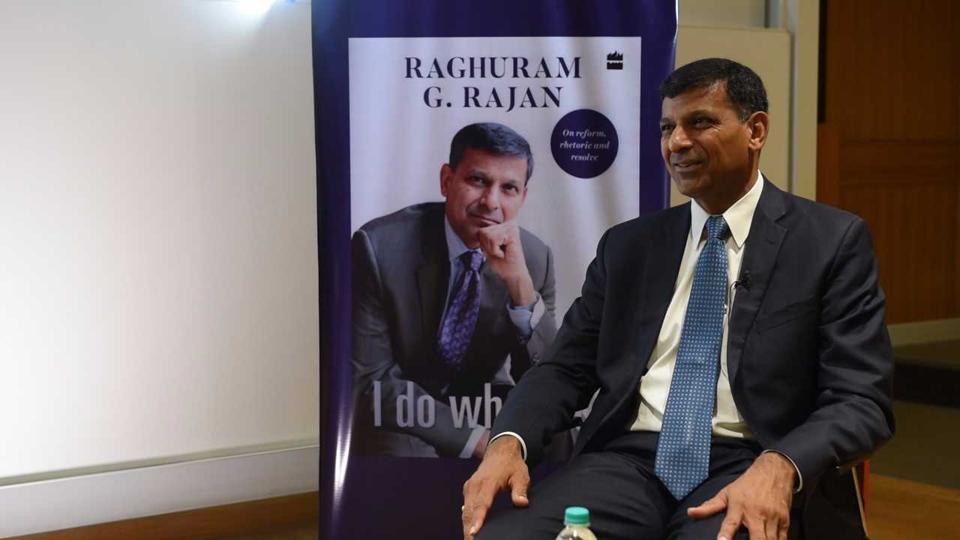Raghuram Rajan: Demonetisation put new interest burden on RBI as people found ways to convert black money

The failure to stop dodgy cash coming back into the banking system after demonetisation has likely burdened the Reserve Bank of India with additional interest payments running into tens of thousands of crores, former governor of the central bank Raghuram Rajan said Thursday.
Latest Reserve Bank of India data shows that all but 1% of the high-value bank notes demonetised on November 8 last year have returned to the banking system, meaning black money hoarders found ways to legitimise their cash that now earns interest. Rajan estimates this burden could be as high as Rs 24,000 crore a year, if one assumes there was about Rs 4 lakh crore worth illegal cash at the time of the note ban.
“One of the costs which people haven’t paid enough attention to is (that) this was money sitting, if you believe it was black money, it was sitting in people’s safes or in their basement. It wasn’t earning any interest,” Rajan told Hindustan Times in an interview.
“Once it gets into the formal system, if you haven’t identified it as bad money, these are people gaining interest on it,” he said, referring to short term economic costs of demonetisation.
Flushing out black money was a key objective of the decision to demonetise high-value bank notes worth Rs 15.46 lakh crore, or 86% of the total cash in circulation at that time. The government had hoped that at least Rs 3 lakh crore of this, held as unaccounted-for cash, would not return to the system. That would have reduced the RBI’s liability and boosted its profits, allowing it to transfer more funds to the government for new investments and development work.
“I point this out because this is something that people misinterpret. They are saying we have formalised the savings. The savings were there. They were just financing the government free of cost,” Rajan said.
Rajan refused to reveal the specifics of a note the RBI wrote to the government on arrangements required for demonetisation. He, however, said that before such an exercise, a monetary economist would like to see preparedness to replace all the currency withdrawn. “We have seen the cash demand is now tapering off, but you should have been ready with that sort of cash on the day we did it. The less you are ready, the more you have to print in order to roll out the currency, the more economic life is disrupted.”
Rajan was talking to Hindustan Times on his new book – I do what I do – in which he has said neither he nor the RBI under his watch favoured demonetisation.
[“source=hindustantimes”]




